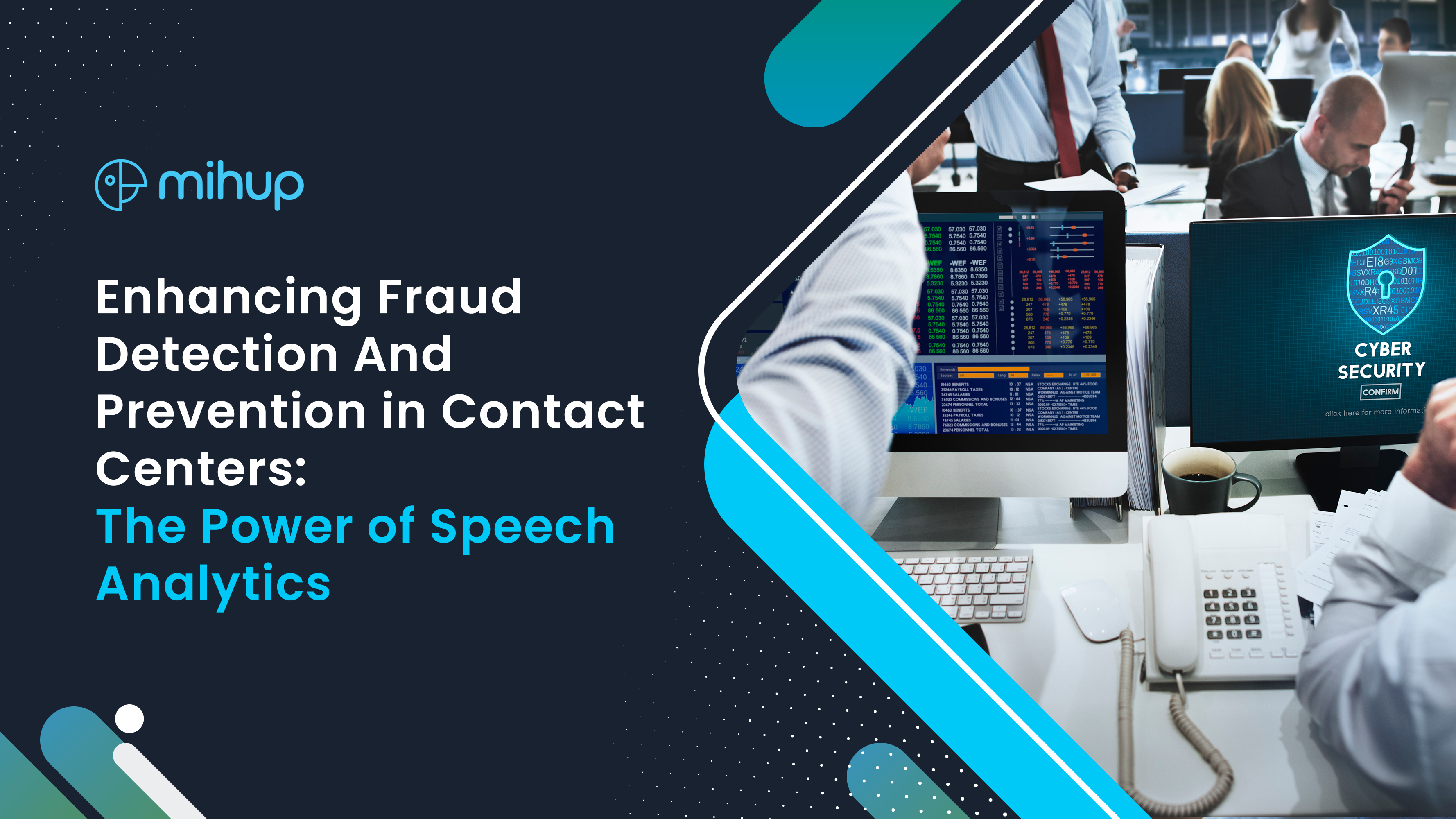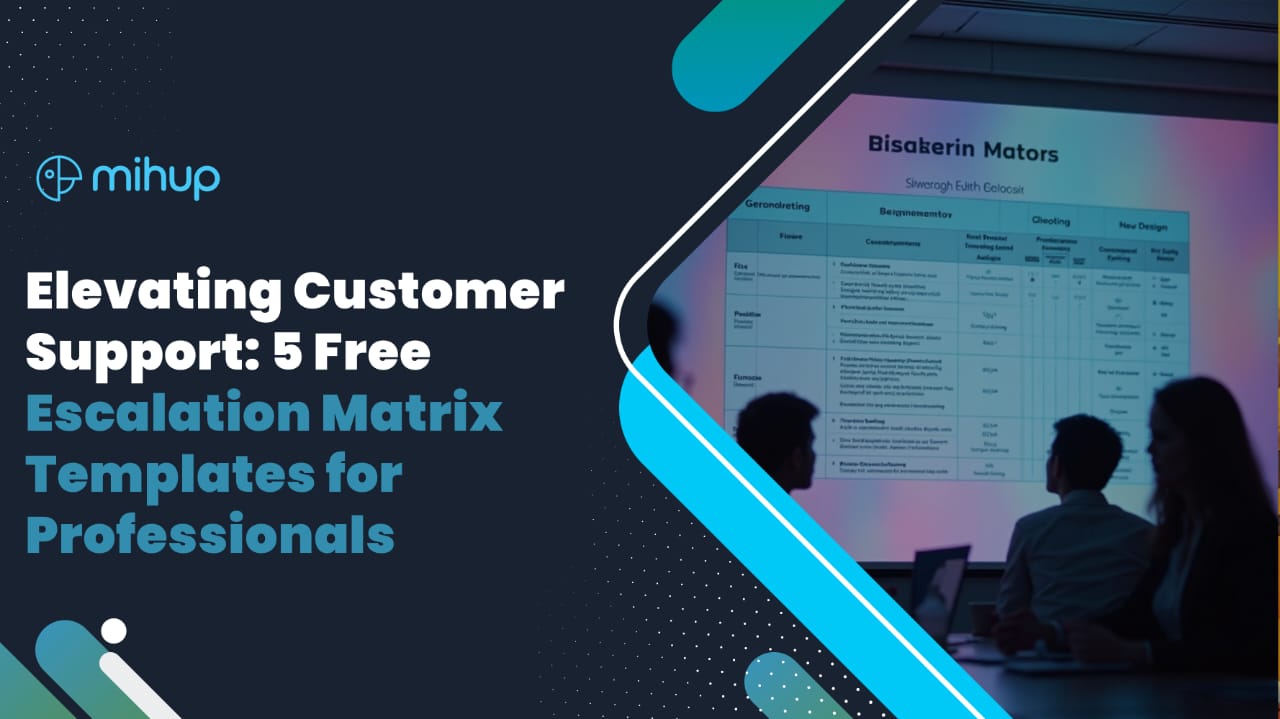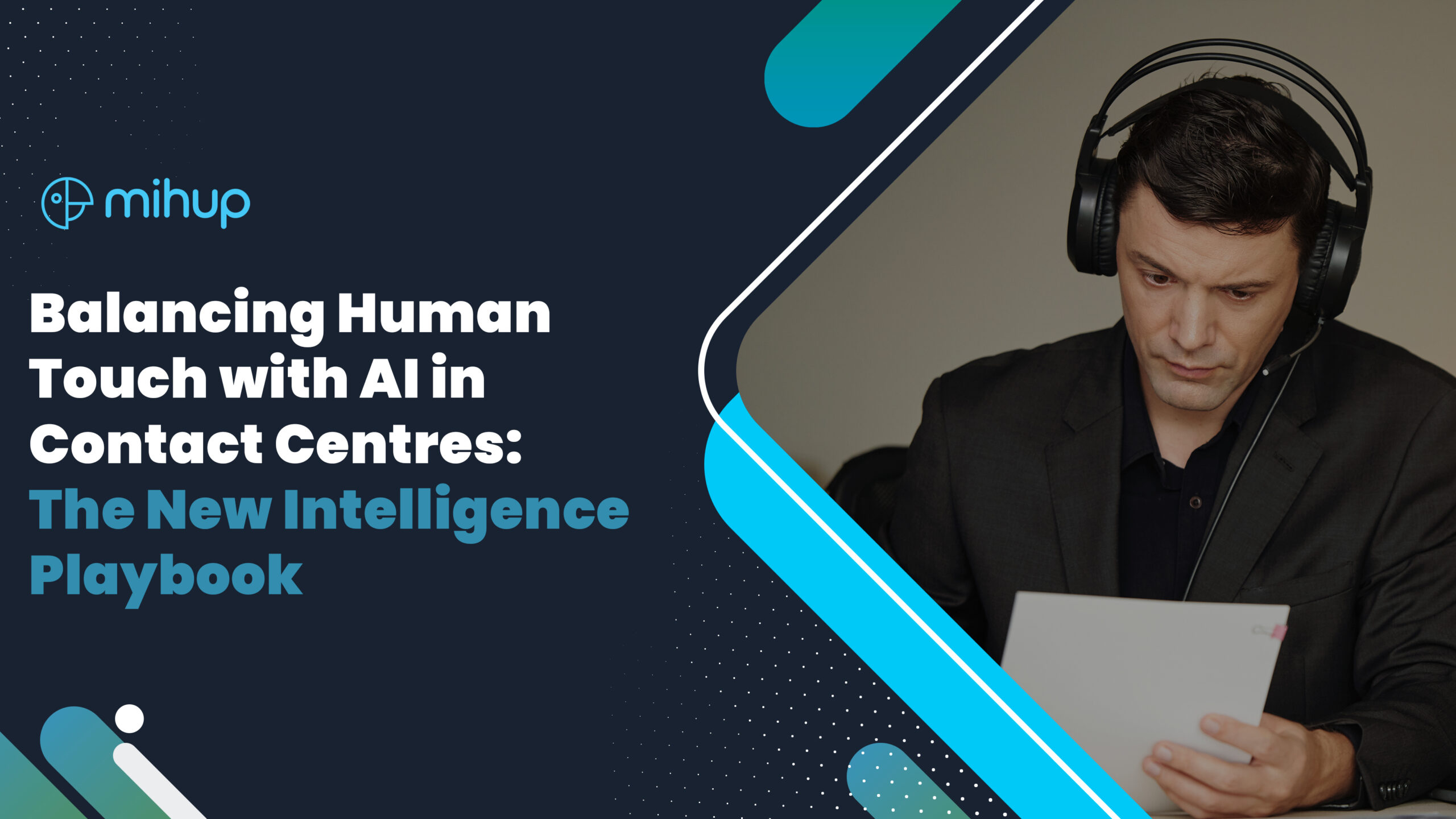Fraudulent activities pose significant risks to businesses, and contact centers are not immune to this threat. Detecting and preventing fraud within contact centers requires advanced techniques beyond traditional security measures. According to Anatomy of Fraud Report 2023, in India, the cost of fraud to a company varies between 3X and 5X of the fraud value in key industries. Specifically, the average value of fraud attacks in the financial services sector is nearly 10 times that in e-commerce. Interestingly, the web browser channel accounts for over 40% of fraud costs and is the primary source of fraud-related expenses in India. Furthermore, the COVID-19 pandemic has accelerated the need for advanced fraud detection and prevention solutions due to the increased exposure to digital fraud. fraud
However, speech analytics can revolutionize fraud detection and prevention in contact Centers. By leveraging the power of voice data analysis, natural language processing, and machine learning, speech analytics can provide valuable insights to identify suspicious activities and protect businesses from fraudsters.
Understanding the Challenges of Fraud Detection and Prevention in Contact Centers
Contact centers play a critical role as the primary communication channel between businesses and customers. This makes them an enticing target for fraudsters looking to exploit vulnerabilities in the system. However, traditional fraud detection and prevention methods used in contact centers often fall short when it comes to identifying sophisticated fraud schemes.
Traditional methods typically rely on transactional data, such as monitoring financial transactions or detecting unusual patterns in customer behavior. While these methods have proven effective to some extent, they have limitations when it comes to detecting complex and evolving fraud techniques.
Fraudsters are constantly devising new strategies to bypass traditional detection methods. They exploit vulnerabilities in contact center processes, manipulate customer interactions, and employ social engineering tactics to deceive contact center agents. In such cases, relying solely on transactional data may not provide the necessary insights to identify and prevent fraud.
Here are a few challenges that contact centers face with Fraud Detection and Prevention:
- Balancing the speed of detection with customer friction is a crucial challenge in implementing a robust security solution in contact centers. While it is essential to detect and prevent fraud quickly, it is equally important to minimize any negative impact on the customer experience. Striking the right balance ensures that fraud detection and prevention measures do not create unnecessary obstacles or friction for genuine customers during their interactions with contact center agents.
- Another challenge lies in the availability and quality of data to support effective analysis. Contact centers often struggle with the abundance of data but lack mechanisms to efficiently monitor and analyze it. Inefficient monitoring mechanisms can lead to missed fraud indicators or delays in detecting suspicious activities, compromising the effectiveness of fraud detection and prevention efforts.
- Creating awareness among businesses and contact center agents about fraudulent activities is another critical aspect. While companies often focus on Know Your Customer (KYC) compliance to verify customer identities, they may not prioritize fraud management. Educating employees about the various fraud schemes, red flags to watch for, and the importance of reporting suspicious activities can significantly enhance the overall fraud detection and prevention capabilities of contact centers.
- Implementing effective fraud detection and prevention solutions requires substantial investments in AI/ML training and tuning models. Developing and fine-tuning algorithms that can accurately detect and identify fraudulent patterns and behaviors is a resource-intensive process. Investing in advanced technologies, data scientists, and ongoing model refinement is essential to stay ahead of increasingly sophisticated fraudsters.
- Additionally, security risks arise due to clients’ reluctance to share their confidential data with fraud detection and prevention (FDP) solution providers. Building strong relationships based on trust and demonstrating a commitment to data privacy and security becomes crucial for FDP players. Transparency in data handling practices, adherence to strict security protocols, and clear communication about data protection measures can help address client concerns and establish trust.
Overcoming these challenges requires a multi-faceted approach that combines technological advancements, efficient data management, awareness programs, investment in AI/ML capabilities, and building trust with clients. By addressing these challenges, contact centers can implement robust fraud detection and prevention solutions that not only effectively identify fraudulent activities but also ensure a positive customer experience.
Speech Analytics: Unveiling the Potential
Speech analytics involves the analysis of voice interactions to extract meaningful insights. By analyzing voice data from customer interactions, speech analytics provides a deeper understanding of the content, context, and patterns within conversations. This allows for a more comprehensive assessment of potential fraud risks.
Speech analytics algorithms can analyze conversations between contact center agents and customers in real time or through post-call analysis. Analyzing the linguistic cues, tone, and emotions expressed in these conversations, speech analytics can identify anomalies, detect suspicious patterns, and flag conversations that require further investigation.
Moreover, speech analytics can uncover hidden insights that may not be apparent through traditional fraud detection and prevention methods. It can detect keywords and phrases associated with fraud, such as requests for unauthorized account access, suspicious refund requests, or inconsistencies in personal information provided. These keywords and phrases serve as indicators that prompt additional scrutiny
Let’s delve into the key ways speech analytics can help in fraud detection and prevention:
- Keyword and Phrase Analysis:
Speech analytics algorithms excel at analyzing call recordings to detect specific keywords and phrases associated with fraudulent activities. Terms like “unauthorized access,” “refund without authorization,” or “account takeover” act as red flags that raise suspicion. By identifying these keywords, speech analytics helps contact center managers to prioritize high-risk interactions for further investigation, ensuring that resources are directed where they are most needed.
- Voice Biometrics:
Voice biometrics technology adds an additional layer of security to contact centers. By creating unique voiceprints for customers, contact centers can compare a caller’s voice against a database of known fraudsters. If a match is found, it quickly identifies potential imposters or fraudsters attempting unauthorized access. Voice biometrics strengthens authentication processes and provides an effective means to prevent fraudsters from gaining access to sensitive information or performing fraudulent activities.
- Real-time Monitoring and Analysis:
Speech analytics can be applied in real-time, monitoring live calls for potential fraudulent activities. By leveraging natural language processing and machine learning algorithms, it analyzes conversations in real time, enabling the detection of anomalies, suspicious patterns, and indications of fraud as they occur. Real-time alerts and interventions allow contact center agents to take immediate action, such as transferring the call to a fraud specialist or escalating the issue for further investigation. This swift response helps prevent fraud in its early stages and minimizes the associated risks.
- Pattern Recognition and Predictive Analytics:
Speech analytics can analyze large volumes of call recordings to identify patterns and trends associated with fraudulent behavior. Machine learning algorithms learn from historical data to develop predictive models that can identify potential fraudsters. By recognizing patterns indicative of fraudulent activities, contact centers can proactively detect and prevent fraud before it happens. This not only saves time and resources but also enhances overall fraud prevention efforts.
- Compliance Monitoring and Quality Assurance:
Speech analytics goes beyond fraud detection and prevention and contributes to compliance monitoring and quality assurance in contact centers. It can monitor calls to ensure adherence to scripted guidelines, detect unauthorized disclosures of sensitive information, and identify instances where contact center agents may attempt to manipulate customers into engaging in fraudulent activities. By evaluating contact center agents’ performance, speech analytics assists in quality assurance efforts, identifying areas for improvement, and enhancing training programs. Additionally, it helps contact centers maintain regulatory compliance, protecting both customers and the organization from potential legal and reputational risks.
Detecting and preventing fraud in contact centers is a crucial priority for businesses aiming to protect their customers and preserve their reputation. The ever-evolving tactics employed by fraudsters necessitate innovative approaches to stay ahead of the game. Speech analytics emerges as a powerful tool that can revolutionize fraud detection and prevention in contact centers.
Integrating speech analytics into fraud detection and prevention strategies empowers contact centers to enhance their security measures significantly. With insights derived from speech analytics, contact Centers can develop predictive models to anticipate and prevent fraud. This proactive approach allows contact centers to take preemptive measures, saving time, resources, and mitigating the potential impact of fraudulent activities.
With speech analytics, fraud detection and prevention strategies, contact centers can proactively safeguard their operations, protect their customers, and maintain a high level of security and trust in their services.





